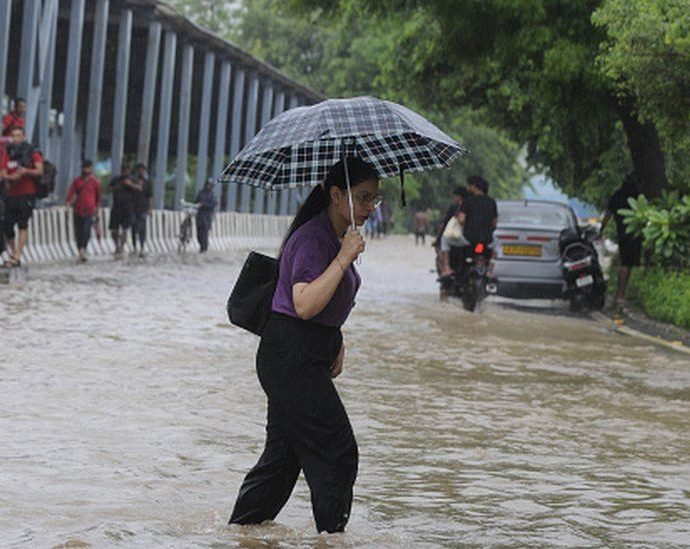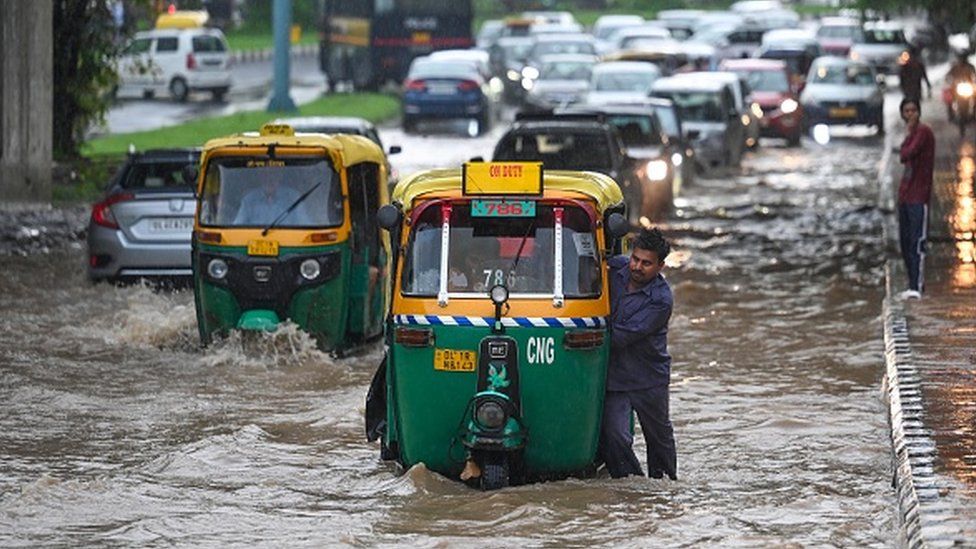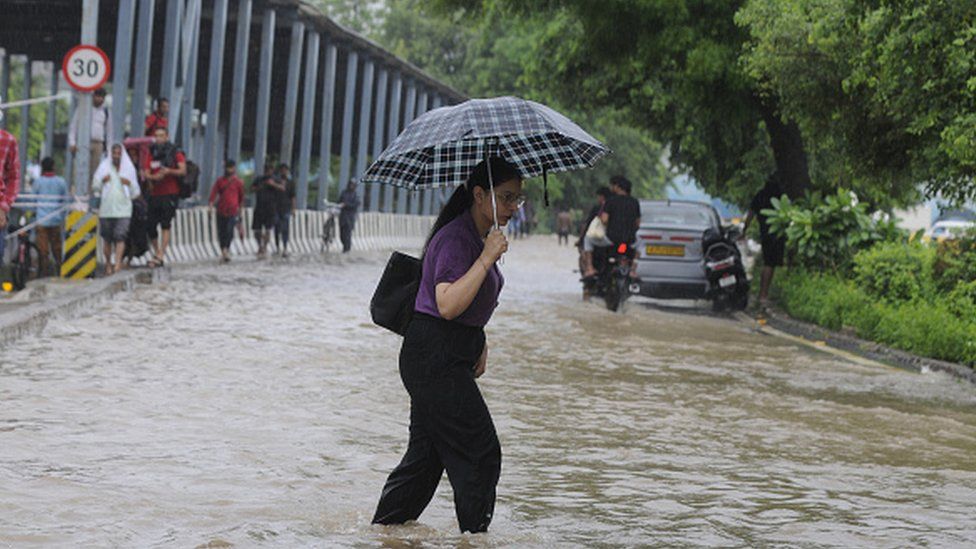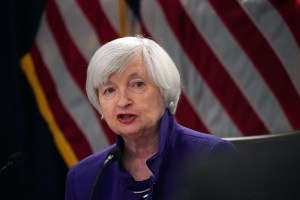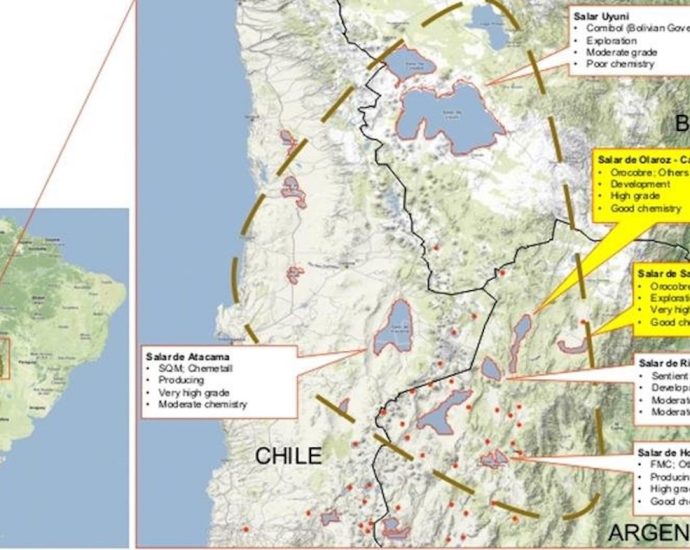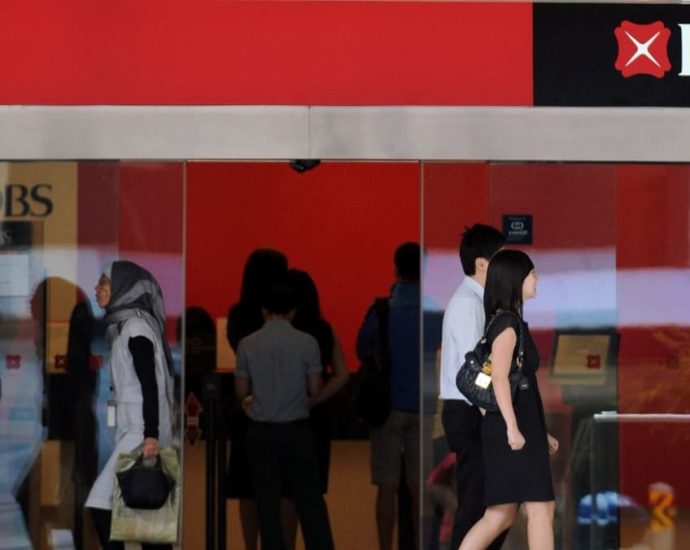SocGen announces new Asian leadership roles | FinanceAsia

Paris-headquartered Société Générale has announced via media note two newly created leadership appointments within its global banking and advisory businesses.
In addition to her role as head of Corporate Coverage for Southeast Asia, Singapore-based Eliza Ng becomes head of Global Banking and Advisory for the Southeast Asian region; meanwhile, Kanta Murata takes on responsibility for Japan as market leader of Global Banking and Advisory, alongside his current capacity as Japan head of Corporate Client Coverage and deputy branch manager of the bank’s Tokyo office.
Effective from the end of June, the appointments mark the bank’s continued commitment to strengthen its local capabilities to support clients in local markets, the release detailed.
In their new roles, the pair will supervise all global banking and advisory endeavours, excluding business related to the bank’s institutional and debt capital markets (DCM) efforts. They both report regionally to Stephanie Clement de Givry, head of Global Banking and Advisory for Asia Pacific; and to Olivier Vercaemer, her deputy.
Ng and Murata shared with FinanceAsia their priorities as they settle into their new functions.
“My priorities revolve around three main areas: customer-oriented approach; regulatory compliance and credit risk management; and growth, especially across ESG-related aspects,” said Murata.
He emphasised his work to enhance client experience through expertly structured finance arrangements to meet evolving market needs, while prioritising robust risk management practices to ensure the security and stability of the bank’s operations.
The ESG arena is another area where he targets expansion. “To stay competitive and relevant in a rapidly evolving ESG landscape, it is essential to embrace innovative approaches,” he explained.
Ng agreed that ESG is embedded in the bank’s business and is a focus for the regional teams.
“My immediate priority is to leverage the expertise and capabilities that our expanded franchise can offer our clients in the Southeast Asia region,” she said, adding that she looks forward to continuing to accompany clients on their energy transition aims.
This effort, she explained would complement and further support development across the region’s emerging economies.
Ng added that such regional sustainability efforts are bringing with them new business opportunities across several segments, “including the transportation value chain and new technologies in the renewable energy sector.”
Murata also observes a trend towards decarbonisation across Japanese activity.
“According to the latest preliminary figures as of 1Q23, the Bank of Japan’s “Flow of Funds” [demonstrate that] the loan balance of private non-financial corporations has been steadily growing during past quarters; partly driven by economic recovery, capital expenditure, and ESG-related investment opportunities.”
He said that this growth opportunity is further supported by the Japanese government’s push for carbon neutrality by 2050, which will require more than JPY150 trillion ($1 trillion) in investment from public and private sectors over the next ten years.
In terms of landmark deals, both Ng and Murata have been involved in a number of the bank’s key transactions.
Murata pointed to his involvement in an accelerated bookbuild for a Japanese client that saw the bank organise a block trade so it could divest European stocks; meanwhile, Ng highlighted the bank’s role across Temasek Financial’s EUR 1.5 billion ($1.65 billion) four and ten-year dual tranche senior unsecured bonds, earlier this year.
¬ Haymarket Media Limited. All rights reserved.


